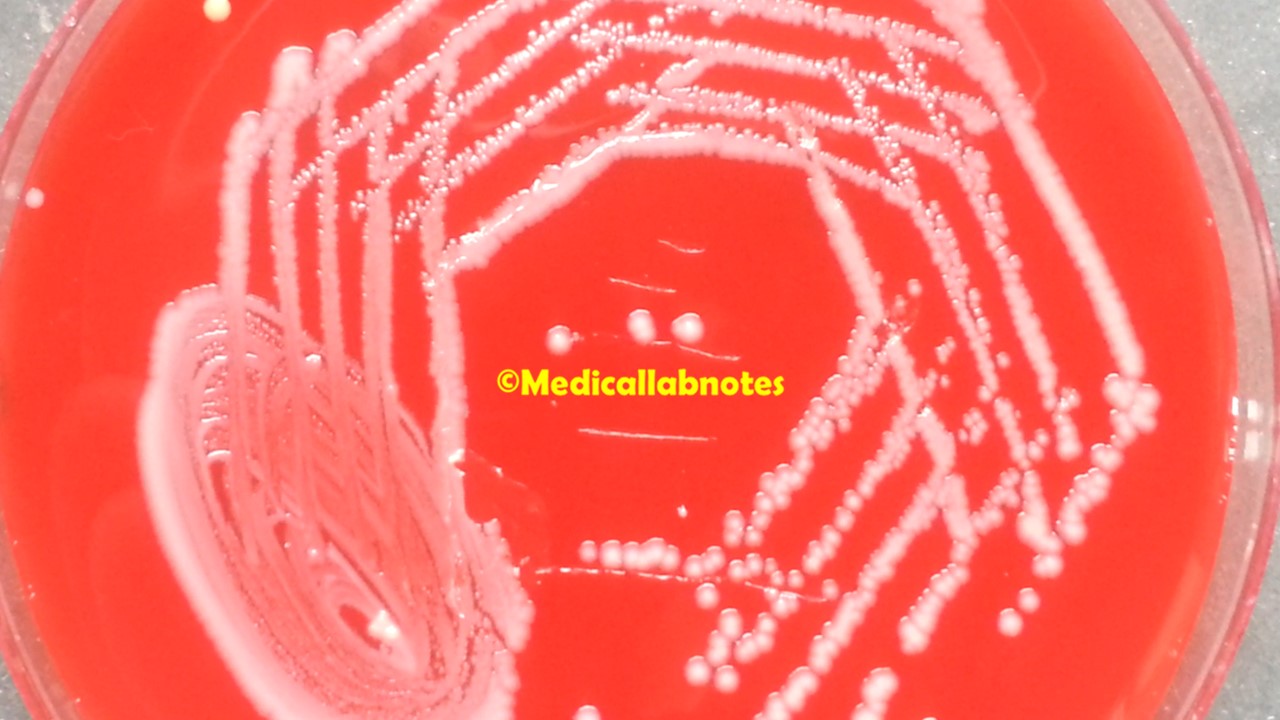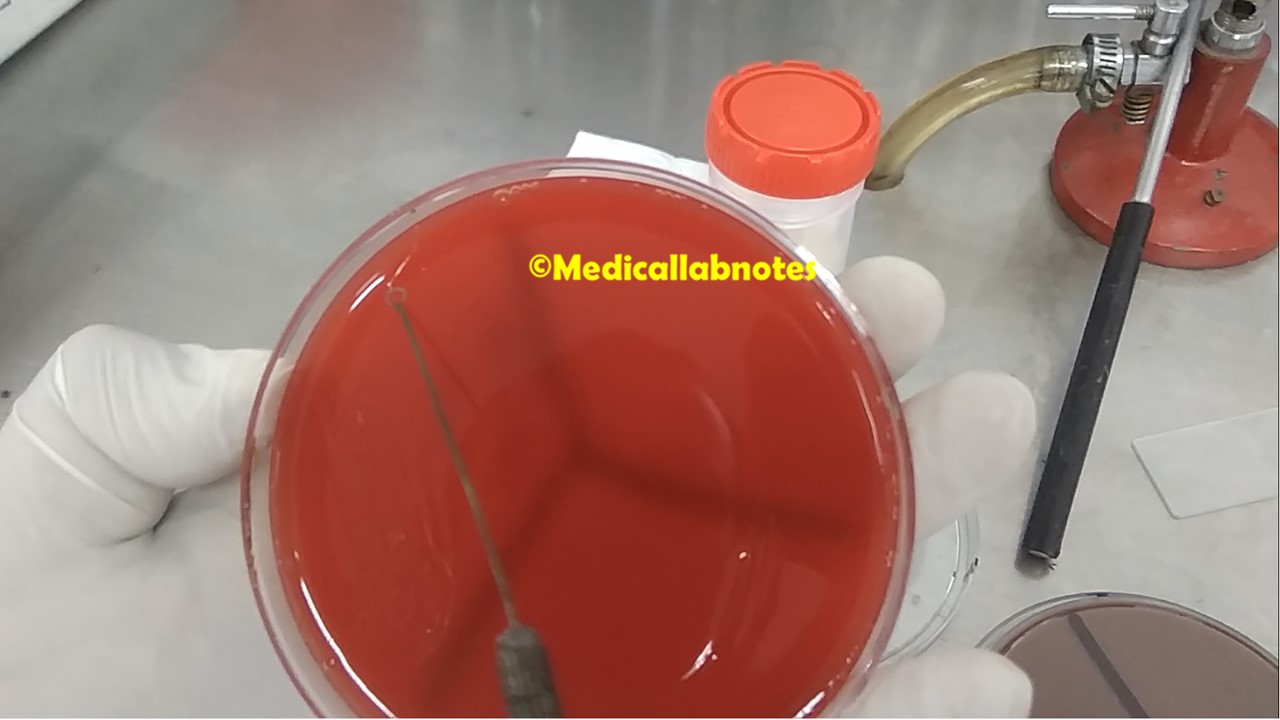Respiratory Tract Infections-Introduction, Types, Signs and Symptoms, Common Pathogens, Laboratory Diagnosis, Treatment, Prevention and Control, and Keynotes
Introduction Respiratory tract infections (RTIs) are a group of illnesses that affect the respiratory system, which includes the organs and structures involved in breathing. These infections can range from mild to severe and may involve various parts of the respiratory tract, including the upper and …



